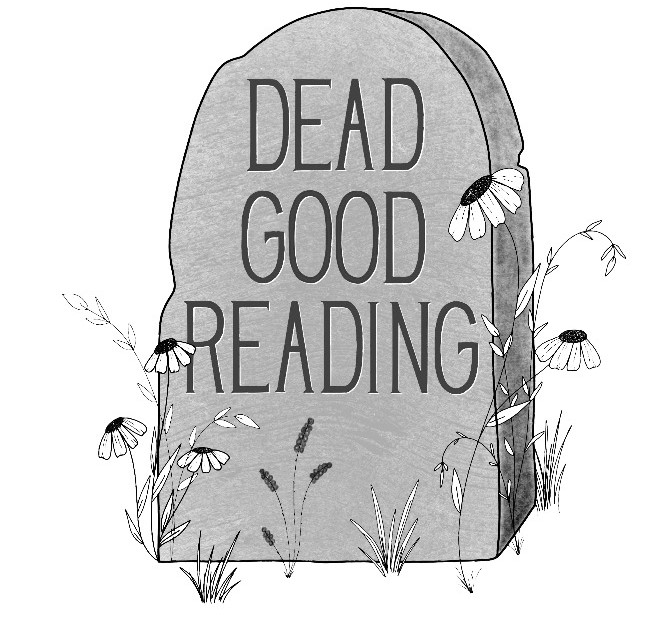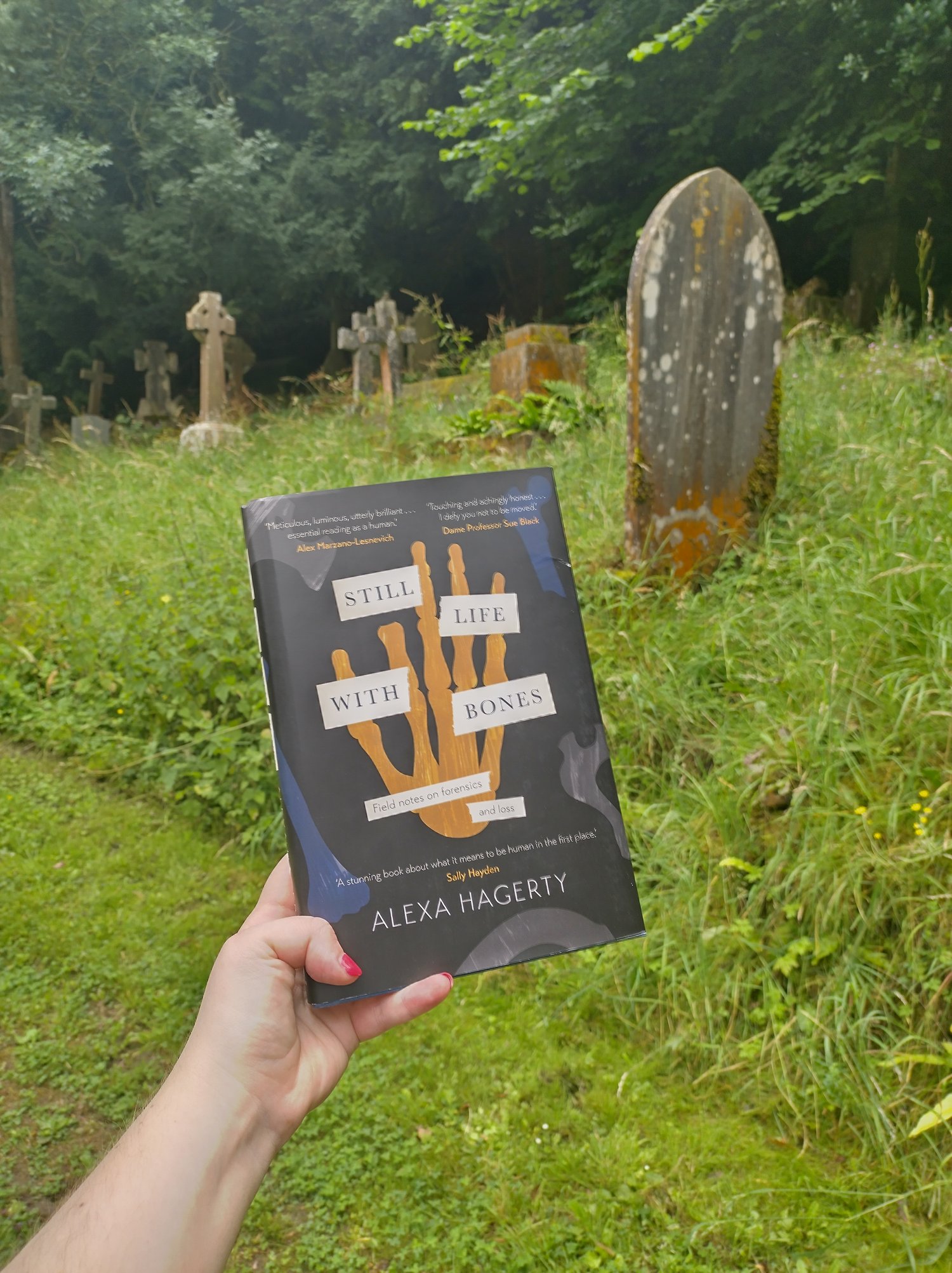In Still Life With Bones: Field Notes on Forensics and Loss social anthropologist Alexa Hagerty reflects on her fieldwork and research in Guatemala and Argentina. She unpacks and, quite literally, uncovers the long-lasting impact of the violent atrocities that took place in both countries. During Guatemala’s 30-year conflict over 200.000 people were killed. In Argentina over 30.000 people were disappeared during its military dictatorship. Note the tense ‘were’ disappeared. People did not chose to disappear, this was a process actively done by others. While these things happened in the past, they have ongoing repercussions for the present. Perpetrators and victims live side by side, and there are diverging ideas of whether all the victims should be found and identified.
The identification of bodies is not always necessary for people to grief and mourn. As recently discussed by anthropologist Caroline Bennett, in an episode of The Death Studies Podcast, local communities can have particular beliefs that don’t necessitate the physical presence of a body and/or bones. Bennet’s research focuses on the Cambodian Genocide and shows similarities in how burial practices and manifestations of grief and loss are altered in the face of atrocity.
As a social anthropologist, examining bones is not necessarily Alexa Hagerty’s area of expertise; this is left to forensic anthropologists, a different sub-discipline of anthropology. Yet, Hagerty enrols in a field school and digs up, cleans and analyses skeletal material. Bones that used to be people that lived and breathed. Hagerty reflects on researcher emotions in the field, a topic that has sparked many a debate in the discipline.
“If I show my emotions, I’ll be marked as weak. I’m the only social anthropologist in the group. My sub-discipline seems a lot less tough than forensics or even archaeology. They excavate earth and analyze bones. We listen to people’s stories. Maxi, who leads the field school, jokes, “Why don’t you stay here, and we’ll teach you how to be a real anthropologist?”” (Hagerty, 2023 page: 10)
I understand where Hagerty is coming from. Simply listening to people does not feel as high-skilled as analysing remains, determining sex and age, interpreting the trauma visible on bones. Anyone can listen, right? While perhaps not as technical as forensic anthropology, social anthropology requires the skill of deep listening, and subsequently carrying the stories of interlocutors, and making sure these stories are told in the right way. Bones tell one part of the story, the oral stories of survivors offer an important subsequent layer. Still life with bones is filled with testimonios, personal stories about an experience of political violence, in this case survivors of the conflicts in Guatemala and Argentina.
It is also to simplistic to view forensic anthropologists as people who just deal with bones.
“Forensic exhumation is practices at the crossroads of two ways of thinking about the dead body: as a scientific object to be analyzed for evidence of crimes against humanity , and as a subject, and individual, someone loved and mourned” (Hagerty, 2023 page: xiv).
Hagerty beautifully portrays how forensic teams in Guatemala work closely with local communities, how local history shapes the life stories of individuals. If it weren’t for these mass killings, the Guatemalan forensic team would not have existed, would not have needed to exist. Yet atrocities of the past have powerful long-term effects on the living. Because of their hands-on approach, lack of funding and absence of cutting edge technology, ironically, Guatemalan forensic anthropologists have a level of expertise that is not found elsewhere. They are part of, work with and in the local community.
Not only have these genocides shaped the life stories of many individuals, they also alter people’s death stories, and the way memorialisation, remembrance and burial occur.
“Rituals may seem, by definition, to be unchanging, but even the most abiding traditions can evolve through reworking, borrowing and inventing. Arranging the bones in anatomical order, as Alvaro has done with the remains of Doña Asunción and Oscar, isn’t necessary from a scientific point of view after analysis in the lab. It isn’t something done in a traditional funeral where the body is fleshed and whole. But it is done at many inhumations where the team, family and community work together, combining elements of forensics and funerals to create something new. Placing the bones in order becomes part of the ritual that moves bones from matter to meaning, like cups and blankets for the afterlife” (Hagerty, 2023: page 34).
After the exhumation of bones and subsequent analyses, inhumations, or the burial of the remains, takes place. Still Life With Bones profoundly shows how ritual is created and changed during inhumations. Bones are ordered, touched, caressed, hugged, and treated in ways that would be unimaginable if the whole body would be present.
Both the ‘disappearing’ of people, and the potential of people ‘appearing’ again in the form of bones, not only have repercussions on burial practices, but also on experiences of grief.
“The experience of grief and exhumation related by families of the missing indicate something more complex and mysterious than “closure”. Exhumation heals and wounds, sometimes both at once, in the same gesture, in the same breath, as Dulce described feeling consoled and destroyed by the fragment of her brother’s bones. Exhumation can divide brothers and restore fathers, open old wounds and open the possibility of regeneration – of building something new with the “pile of broken mirrors” that is memory, loss and mourning” (Hagerty, 2023 page: 169).
Still Life With Bones is a powerful ethnography which, on the one hand, I couldn’t put down, and on the other hand, needed breaks from to reflect on its content. These testomonios are important cultural histories that need to be heard. Still Life With Bones will offer a wide readership many things; it will be of interest to any kind of anthropologist, people interested in grief and loss and the longevity of the impact of historical actions. It is a book I will definitely return to in the future, and that will stay with me for quite some time.
Alexa Hagerty is an anthropologist researching human rights, science, and technology. She holds a PhD from Stanford University and is an affiliate of the University of Cambridge Minderoo Centre for Technology and Democracy. To learn more about her, visit her website.


Leave a Reply